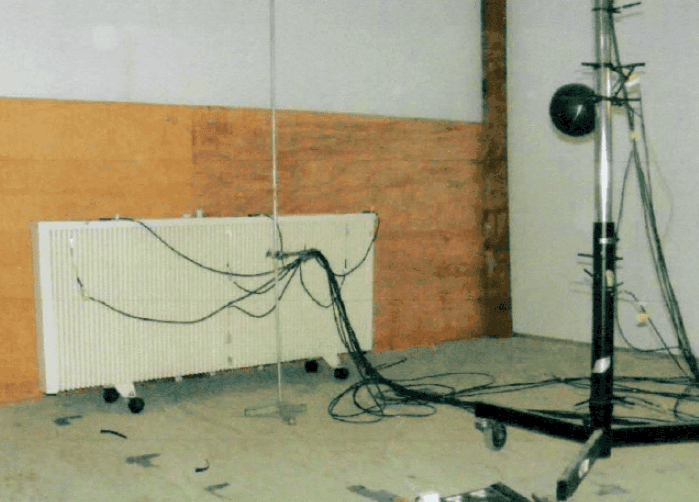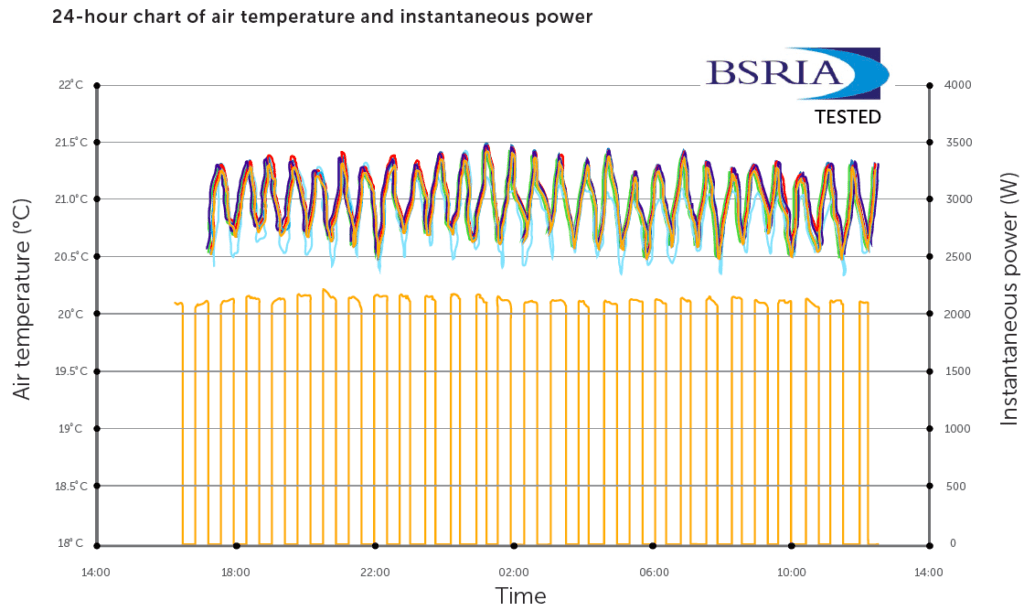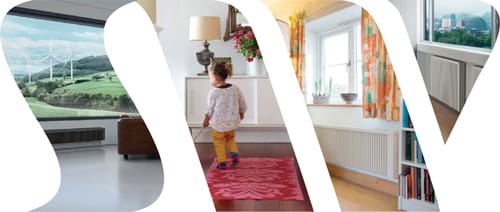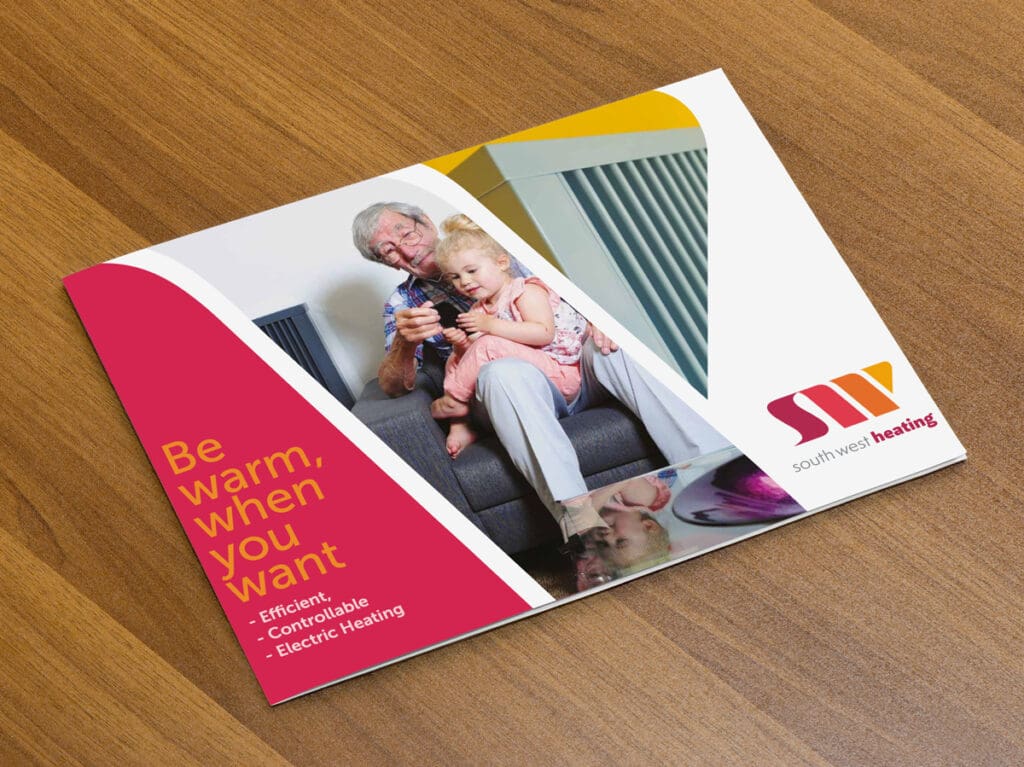Technical Information
Running Costs

Elkatherm Vs Traditional Night Storage
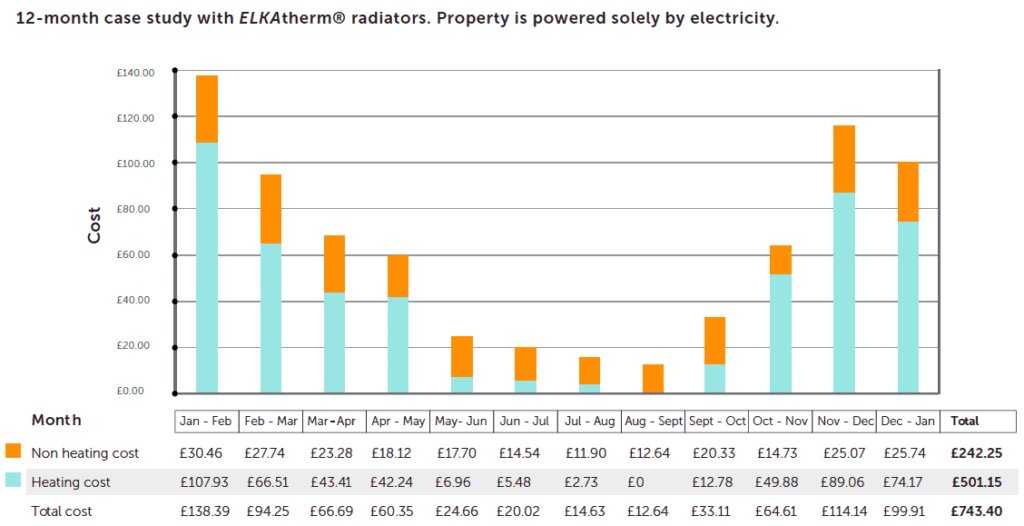
Economy 7
Consumers are increasingly fed up with ugly night storage radiators and the big bills that come with them, in fact, E7 was never intended to benefit you, the customer!
For many years old fashioned power stations couldn’t be ‘switched off’ during times of low demand, so electricity was being wasted simply because it’s not possible to store it. The solution was to offer a low night tariff along with special radiators that could transfer an overnight electrical charge into stored heat and then slowly release it throughout the day.
Of course, you’ll already probably know this is a highly inefficient way to provide heat for your home, resulting in a great deal of frustration and inconvenience, for example, an overheated living room at 7 am and the same room, freezing cold at 7 pm. Not only that, E7 radiators need to download a great deal of energy whether you’re going to need it or not! Additionally, there’s a lot of customer annoyance that daytime E7 tariffs are higher than normal tariffs, sometimes by as much as 50%.
With their cold winters in Germany, it became apparent E7 was unsuitable for domestic heating many years ago, and so they developed 24-hour storage radiators. These are used on a normal tariff, but crucially use as little energy as possible, whilst delivering superb performance at times of the day the customer wants warmth, not the power station owners!
Consumers are increasingly fed up with ugly night storage radiators and with the big bills that come with them, indeed social housing landlords throughout the UK report the biggest single complaint they have to deal with is night storage heating.
This hasn’t stopped manufacturers attempting to make E7 more attractive; one solution sees a daytime tariff panel heater fitted inside the Economy 7 radiator casing to provide for warmth from the late afternoon/early evening until 12 midnight.
However this solution still doesn’t get away from the inherent problem of controlling the E7 part of the unit, nor does it help when the daytime tariff could mean the 2kWh heating plate inside a 3.4kWh E7 rad will cost up to 30p per hour on many Economy 7 tariffs.
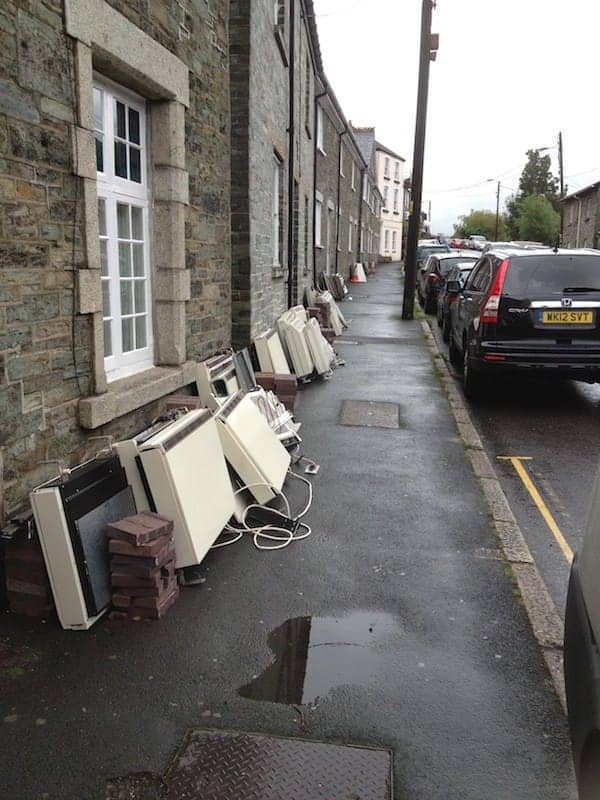
BRSIA Report
BSRIA laboratory test objectives
The test objectives were to determine heating performance under conditions that mimicked a full 24-hour heating cycle with daytime operation followed by a night-time setback condition.
The testing undertaken incorporated the principles and methods from BS EN 60675:1995 “Household electric direct-acting room heaters: Methods for measuring performance.”
